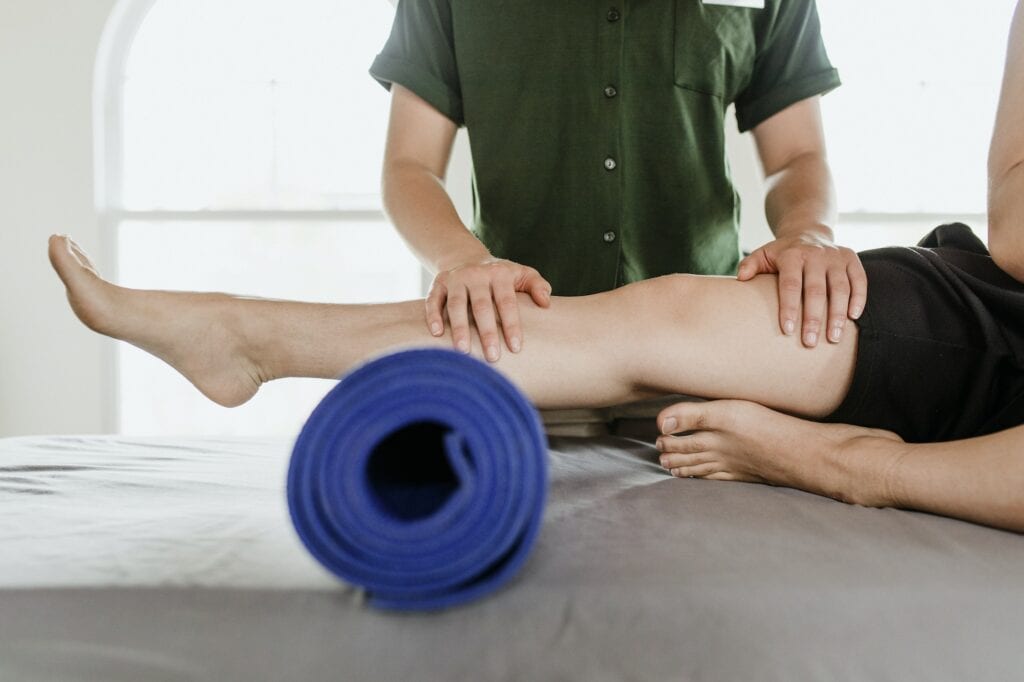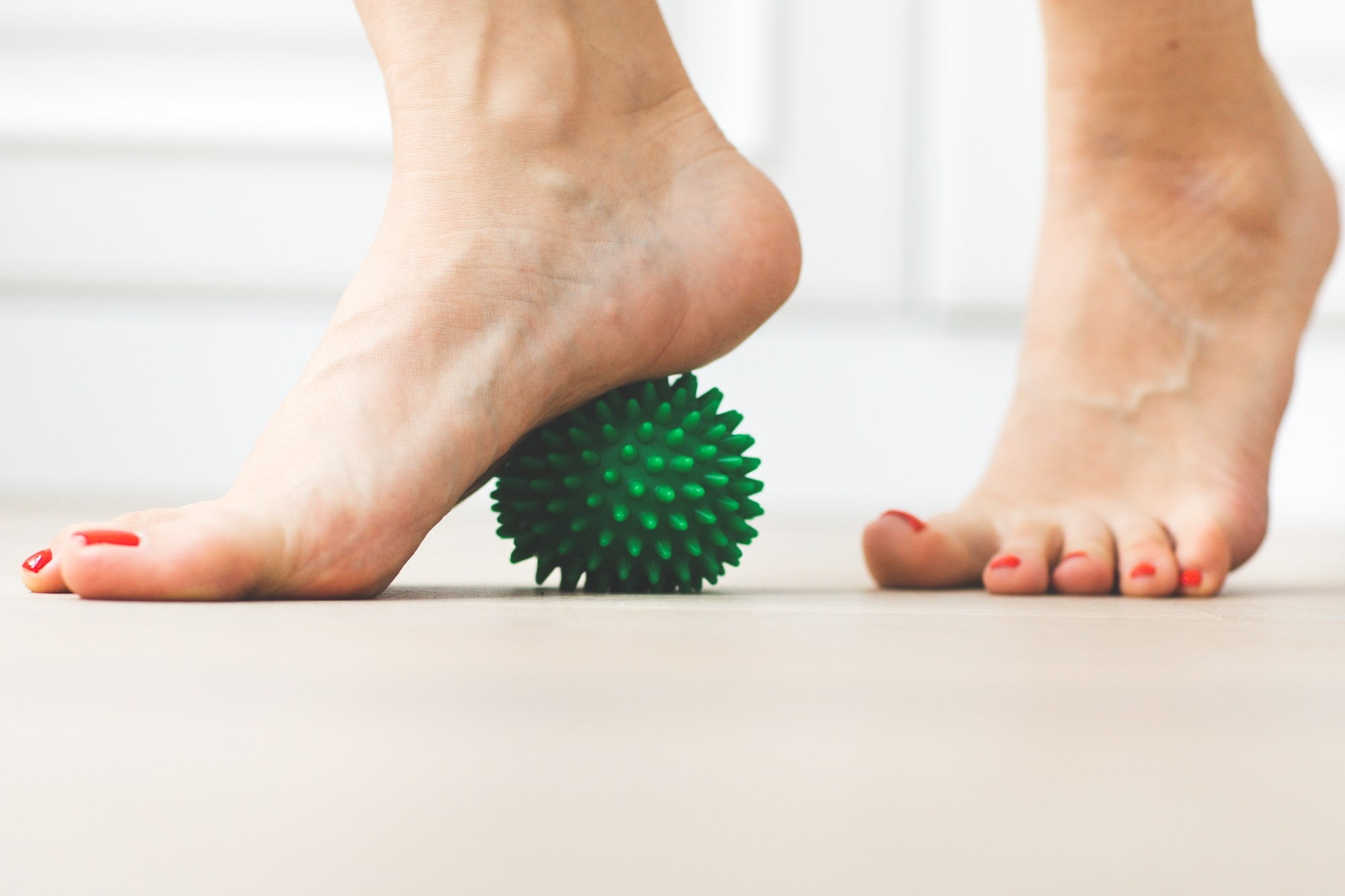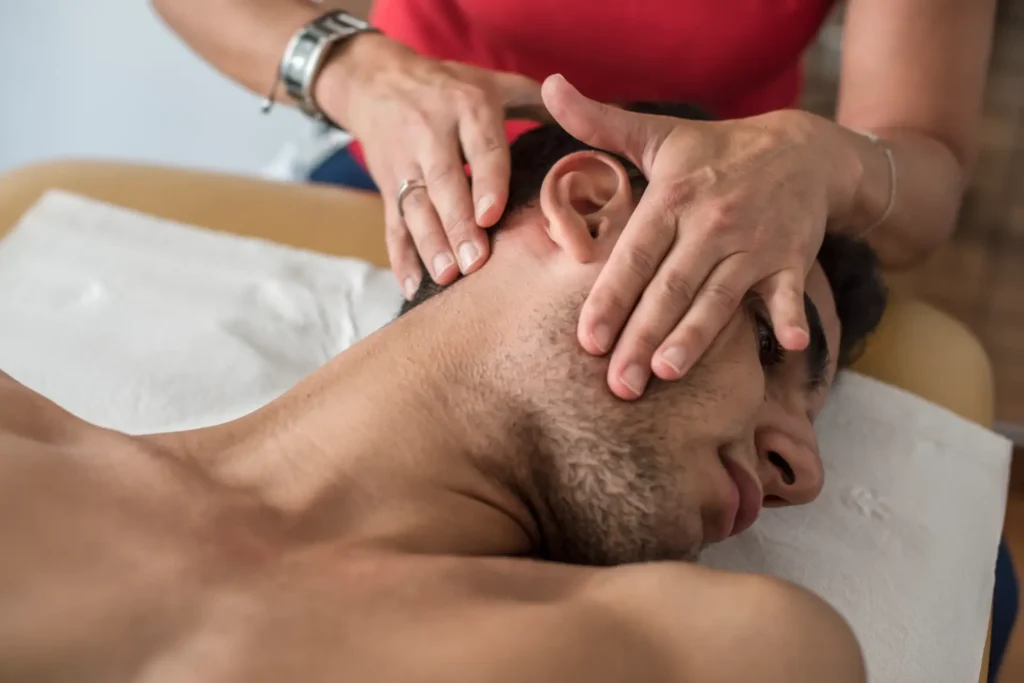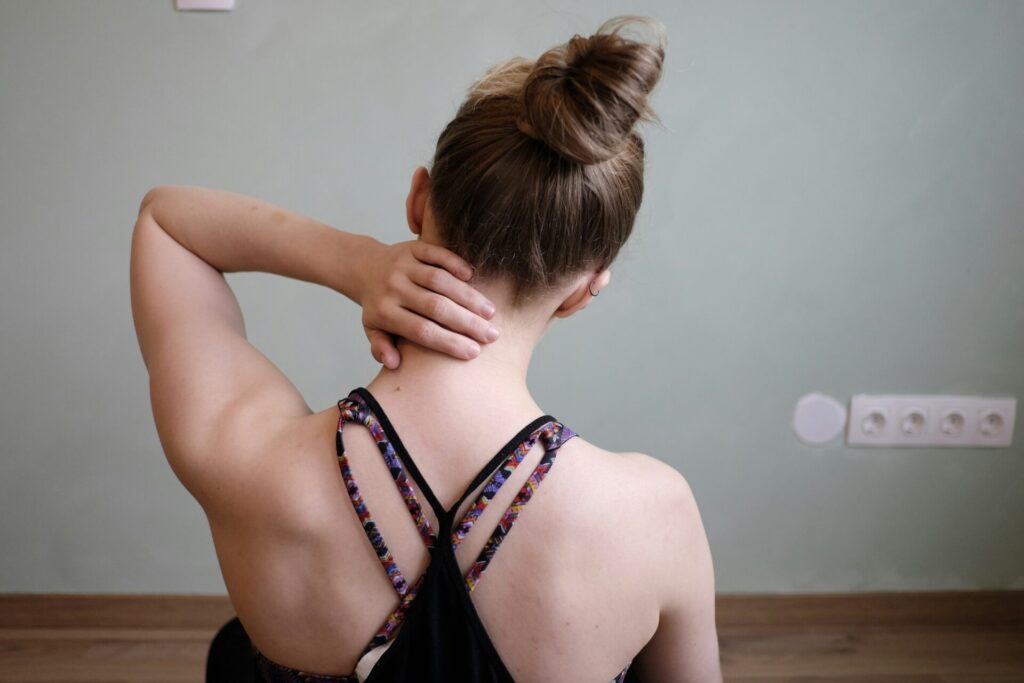If you suffer from back, shoulder, neck, or tight muscle pain, you may have heard of miofascial release therapy. This therapy is gaining popularity as a safe, natural, and effective way to relieve pain and improve mobility. In this article, we’ll take a closer look at what miofascial release therapy is, how it works, and who can benefit from it.
Miofascial release therapy is a type of massage that targets the fascia, a network of connective tissue that runs throughout the body. The fascia surrounds and supports muscles, bones, and organs, and plays a crucial role in movement and posture. When the fascia becomes tight or restricted, it can cause pain, stiffness, and limited range of motion. Miofascial release therapy aims to release tension in the fascia, allowing the muscles to move more freely and reducing pain and discomfort.
What is Miofascial Release Therapy?
Fascia is a network of connective tissue that surrounds and supports muscles, bones, and organs. Miofascial release therapy involves applying gentle pressure to the fascia in order to release tension and restore mobility. Types of miofascial release techniques include foam rolling, massage, and stretching.
Miofascial release therapy is a hands-on technique and its goal is to target specific areas of tension and release it gradually, allowing the fascia to stretch and the muscles to relax.
Benefits of Miofascial Release Therapy
Alleviates Pain:
One of the primary benefits of miofascial release therapy is pain relief. Tension in the fascia can put pressure on the muscles and nerves, leading to pain and discomfort. By releasing tension in the fascia, miofascial release therapy can alleviate pain in the back, shoulders, neck, and tight muscles.
Improves Mobility and Flexibility:
Tension in the fascia can limit the range of motion in the muscles and joints. Miofascial release therapy helps to stretch and release the fascia, allowing the muscles to move more freely and improving overall flexibility.
Increases Blood Flow and Oxygenation:
When the fascia becomes tight or restricted, it can impede blood flow and oxygenation to the muscles and organs. Miofascial release therapy helps to release tension in the fascia, allowing blood to flow more freely and increasing oxygenation to the muscles and organs.
Reduces Stress and Anxiety:
Chronic stress can cause the fascia to become tight and restricted, leading to pain and discomfort. Miofascial release therapy can reduce stress and anxiety by releasing tension in the fascia.
How Miofascial Release Therapy Works

Miofascial release therapy works by targeting the fascia, a network of connective tissue that surrounds and supports muscles, bones, and organs. The fascia can become tight or restricted due to injury, poor posture, or chronic stress. When the fascia becomes tight or restricted, it can put pressure on the muscles and nerves, causing pain and discomfort.
Miofascial release therapy aims to release tension in the fascia gradually, using gentle pressure and stretching techniques. This helps to restore mobility and flexibility, improve blood flow and oxygenation, and reduce pain and discomfort.
Scientific evidence supports the effectiveness of mio fascial release therapy in treating a variety of conditions, including back pain, neck pain, and shoulder pain. In a study published in the Journal of Bodywork and Movement Therapies, researchers found that miofascial release therapy was effective in reducing pain and improving mobility in patients with chronic low back pain.
The most used techniques are:
- Foam Rolling: Foam rolling is a popular form of miofascial release therapy that involves using a foam roller to apply pressure to specific areas of tension in the body. Foam rolling can help to improve mobility and reduce pain in the back, shoulders, neck, and tight muscles.
- Massage: Massage is another form of miofascial release therapy that involves applying pressure to specific areas of tension in the body. Massage can help to improve blood flow and oxygenation, reduce stress and anxiety, and alleviate pain and discomfort.
- Stretching: Stretching is a simple and effective form of miofascial release therapy that involves stretching the muscles and fascia. Stretching can help to improve mobility and flexibility, reduce pain and discomfort, and promote relaxation.
Who Can Benefit from Miofascial Release Therapy?
Miofascial release therapy is suitable for a wide range of people, including athletes and fitness enthusiasts, people with chronic pain conditions, and those with postural imbalances or injuries. Athletes and fitness enthusiasts can benefit from miofascial release therapy as a way to improve performance, reduce the risk of injury, and speed up recovery time.
People with chronic pain conditions, such as fibromyalgia or arthritis, can also benefit from miofascial release therapy as a way to manage pain and improve mobility. Those with postural imbalances or injuries, such as whiplash or a herniated disc, can also benefit from miofascial release therapy as a way to reduce pain and improve mobility.
Preparing for a Miofascial Release Therapy Session
Before you schedule a miofascial release therapy session, there are a few things you can do to prepare. First, make sure you are well-hydrated, as dehydration can make the fascia more difficult to release. Wear comfortable, loose-fitting clothing that allows for movement, and avoid wearing jewelry or accessories that could get in the way.
During the session, your therapist will apply gentle pressure to specific areas of tension in your body. You may feel some discomfort or mild pain during the session, but this should subside as the fascia releases. After the session, your therapist may recommend stretching or self-massage techniques to help maintain the benefits of the therapy.
Conclusion
Miofascial release therapy is a safe, natural, and effective way to relieve pain and improve mobility. By targeting the fascia, miofascial release therapy can help to release tension and restore flexibility, improve blood flow and oxygenation, and reduce stress and anxiety. Whether you are an athlete looking to improve performance or someone with chronic pain, miofascial release therapy may be a beneficial addition to your wellness routine.
If you are suffering from back, shoulder, neck, or tight muscle pain, consider booking an appointment at Prestige Health and Wellness to experience the benefits of miofascial release therapy. Our experienced therapists can help you find relief from pain and improve your overall quality of life.




